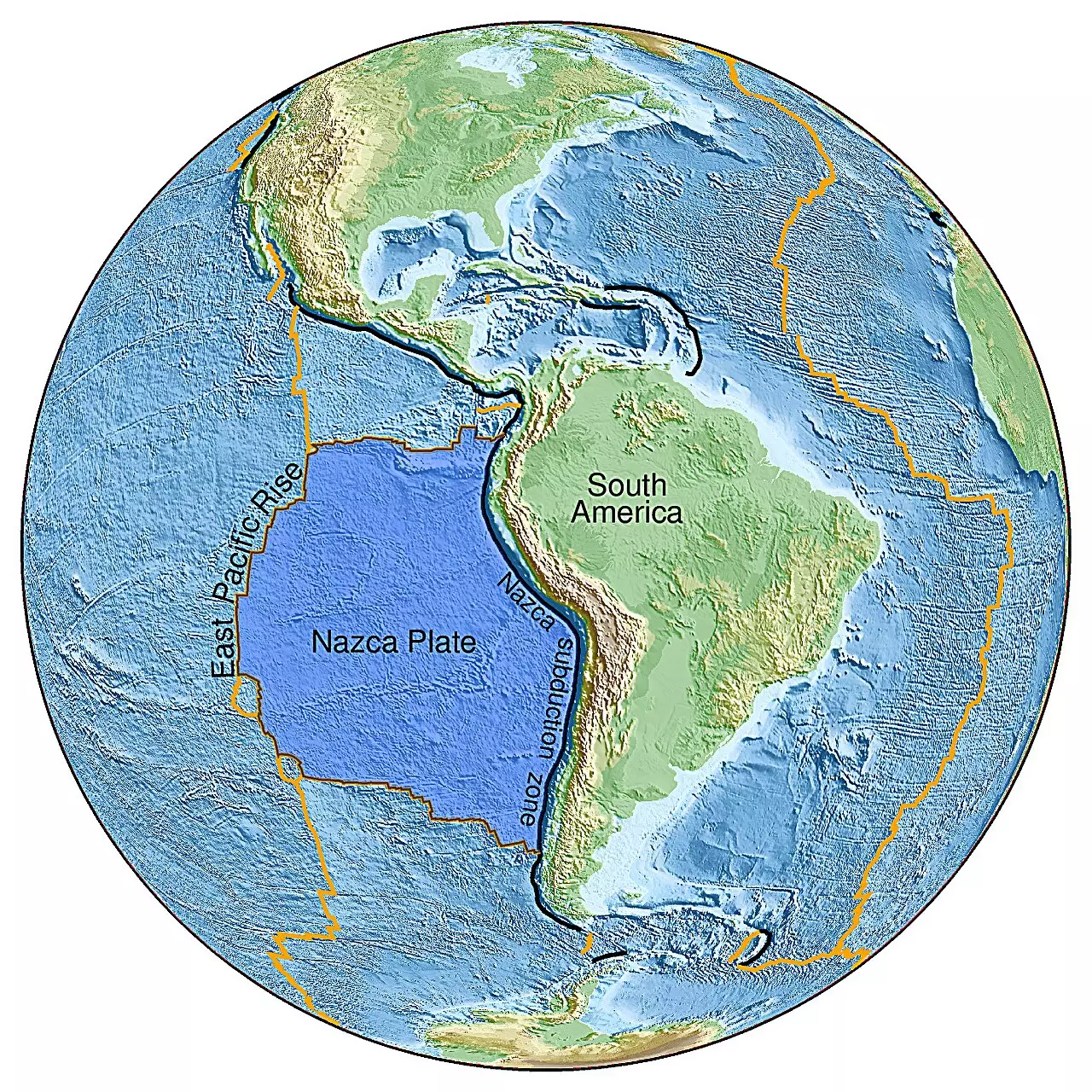Recent research conducted by scientists at the University of Maryland has unveiled a remarkable find that has the potential to reshape our understanding of the Earth’s interior. The team discovered remnants of ancient seafloor embedded deep within the mantle, dating back to the age of dinosaurs. This groundbreaking revelation challenges existing theories surrounding plate tectonics and the structural dynamics of our planet. Their findings were published on September 27, 2024, in the reputable journal Science Advances, illuminating a previously overlooked area of the East Pacific Rise, a tectonic plate boundary situated at the southeastern expanse of the Pacific Ocean.
The research, spearheaded by postdoctoral researcher Jingchuan Wang, utilized advanced seismic imaging methods to probe the Earth’s mantle. This layer, found beneath Earth’s crust and above the core, acts as a pivotal zone in the geophysical architecture of our planet. The scientists made a significant observation: they identified an unusually thick region in the mantle transition zone, located between approximately 410 and 660 kilometers beneath the Earth’s surface. This zone is crucial as it acts as a partition between the upper and lower mantle, with its dimensions varying based on thermal conditions.
The anomalous structure observed within the mantle transition zone raises intriguing questions regarding the active processes within the Earth and how they relate to surface phenomena. As Wang indicated, this region represents a “fossilized fingerprint” of an ancient subduction event that occurred around 250 million years ago, offering a rare glimpse into the geological history of our planet. This ancient seafloor not only enhances our understanding of Earth’s past but also sheds light on the dynamics of tectonic movements.
Subduction, the process where one tectonic plate descends beneath another, is a central aspect of Earth’s geological evolution, leading to the recycling of materials from the surface back into the mantle. Traditionally, this process leaves behind various geological markers such as volcanoes, earthquakes, and oceanic trenches. However, geologists often relied on surface rock samples and sediments for insights into subduction.
Wang and his colleagues, Professors Vedran Lekic and Nicholas Schmerr, adopted an innovative approach by employing seismic waves to analyze the oceanic crust. Their method allowed them to visualize the relationships between deep Earth structures and surface geology, akin to a CT scan revealing hidden bodily structures. The findings unveiled that oceanic materials are not entirely consumed during subduction as previously believed, indicating that some ancient slabs become entrapped within the mantle.
One of the most astonishing aspects of the team’s discovery was how slowly the materials moved through the mantle. The research suggested that the thickened area within the transition zone impedes the downward movement of subducted materials, resembling a geological barrier. The implication of this finding is profound; it indicates that geological processes that take place deep within Earth can directly influence surface-level phenomena across extensive timescales.
Wang’s observations point to a fresh paradigm: some oceanic slabs may indeed stagnate midway through their descent, challenging long-held assumptions about the speed and efficiency of subduction. The implications for understanding mantle dynamics and the evolution of Earth’s interior structure may have far-reaching effects on the field of geology.
Looking ahead, the research team aims to expand their exploration beyond the Pacific Ocean, aspiring to create a comprehensive map of ancient subduction and upwelling zones. By studying these geological processes, they hope to unravel the intricate interplay between the deep Earth and surface geophysical phenomena. Furthermore, Wang acknowledges that this discovery may only scratch the surface: “There are many more ancient structures waiting to be discovered in Earth’s deep interior.”
As we stand on the brink of new geological insights, the research conducted by the University of Maryland serves as a critical reminder of how much remains to be uncovered beneath our feet. The interplay between ancient tectonic processes and modern geological dynamics showcases the complexity of Earth’s architecture. With future studies and more advanced technologies, we are likely to glean an even deeper understanding of our planet’s geological history, molding our comprehension of Earth into a more intricate and comprehensive portrait.

